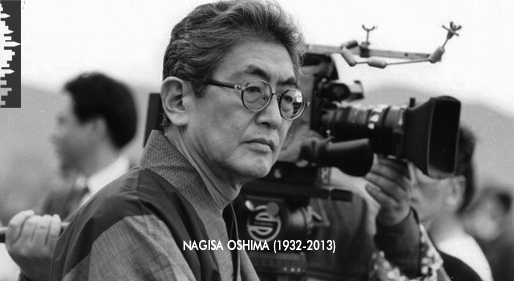
Nagisa Oshima (1932-2013) is a leading figure of Japanese New Wave. If you haven’t seen any Japanese New Wave films, then don’t miss his classics. Most of the protagonists of his films are outsiders, and he is sort of an outsider in his home country because of the nature of his films and nature of himself as well.
Strangely, he never liked the films of Yasuziro Ozu and Akira Kurosawa! It can be seen that directors like Kurosawa and Ozu have glorified and deified the Japanese tradition to the outside world, but Oshima and Masaki Kobayashi has shown the evil things about it.
Generally, Oshima’s films deal with social, cultural and political criticisms. To show his opinions, he has touched upon various subjects like sex, war, love, politics, bureaucracy, crime, rape, murder, and supernatural things like ghosts. Due to his specific film language and use of left-wing politics in his films, he is generally compared to Jean-Luc Godard; many cinephiles say that Oshima is a Japanese Godard. But the truth is that Oshima is far more superior to Godard.
Even Godard’s fans do agree that he is too much pretentious, boring and dreadful these days, especially after the 1970s, but Oshima has made his last film “Gohatto” in 1999 and it was a very good samurai film. And if you are a Godard-hater, then don’t think that you’ll hate Oshima as well. You’ll still love Oshima just like Godard-haters do love the films by directors like Leos Carax, Pedro Costa and Wong Kar-Wai, who were influenced by Godard.
Here is the list of 15 best films of Nagisa Oshima.
1. In the Realm of the Senses (1976)
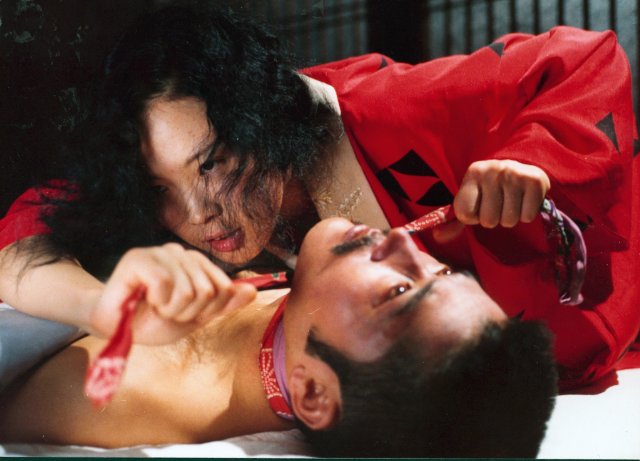
This film made Oshima notorious as well as famous. Actually, the censorship to this film due to its unsimulated and explicit sex scenes made it notorious, but film is purely an erotic masterpiece. It is very beautiful, immensely erotic, chilling and romantic.
When Oshima was searching for the lead actress and was in doubt whether he would find her, his own actress wife told him that if he couldn’t find anyone, then she herself would play in his film. Actually, his wife had said that just to encourage other actresses, to make them believe that the film wouldn’t contain too many pornographic elements.
Another famous filmmaker, Koji Wakamatsu, helped him to find casting actors and they took Eiko Matsuda as female lead and Tatsuya Fuji as male lead; they made a perfect couple. This combination is also the best part of this film since there are so many romantic and sex scenes between them. They both performed very brilliantly and lively. Beautiful cinematography, hauntingly mesmerizing imageries, and highly erotic and romantic scenes have made this film one of the most beautiful films ever made.
This film is actually about love, especially about a sensual love. A woman has insatiable sexual desires and she wants the best sex as often as she can. The man tries to give it, but slowly becomes incapable of fulfilling her desires. Jealousy is another main theme; she doesn’t want his penis being used by any other woman, even his wife!
What is more interesting and shocking about this film is that it is based on real incidents in the life of Sada Abe, who later became a folk hero in her native Japan. She believes that a woman loves only one person in her entire life and she doesn’t want other women to share him. It is possibly the greatest erotic film ever made.
2. The Ceremony (1971)
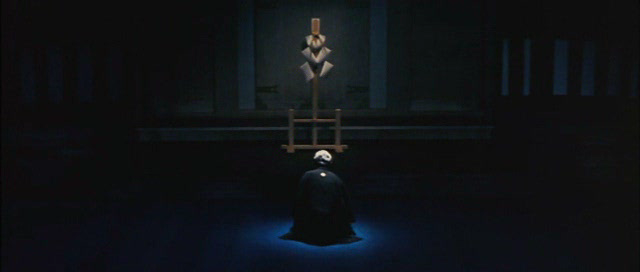
Masaki Kobayashi and Yasuziro Ozu meet here in a film regarding rebellion against Japanese culture, shown in Ozu-esque style. But Oshima’s style is also mastered to a high level in this film. Maybe he is more rebellious than Kobayashi, for he was leftist as well.
Here, Oshima very outspokenly criticized Japanese cultural and social values, possibly in the most subtle and daring style, making a sort of a powerful and beautiful allegory. Music is another powerful and mesmerizing thing here, composed by Toru Takemitsu. This film shows the emptiness, ridiculousness and revolting nature of Japanese culture, the generation gap between old and young generations, xenophobia, fear of change, and god-fearing people.
Many incidents revealing those themes are shown in flashbacks using a non-linear narrative. When a bride is absent in a wedding ceremony, the bridegroom has to marry that non-existent bride (featuring a very tall wedding cake) just for the sake of the continuation of the ceremony and preservation of tradition. A man has sex with a pillow assuming that it is his darling, just to express his anger against these lifeless and ridiculous traditions.
Young generations are forced to perform all these rituals, especially by the powerful grandfather, who is very strict in these cultural ideals. But truth is that he and other many members of this aristocratic family are involved in an incestuous relationship. There are many other ridiculous scenes of wedding and funeral ceremonies here to which this leftist director Oshima has harshly and brilliantly criticized.
3. Death By Hanging (1968)
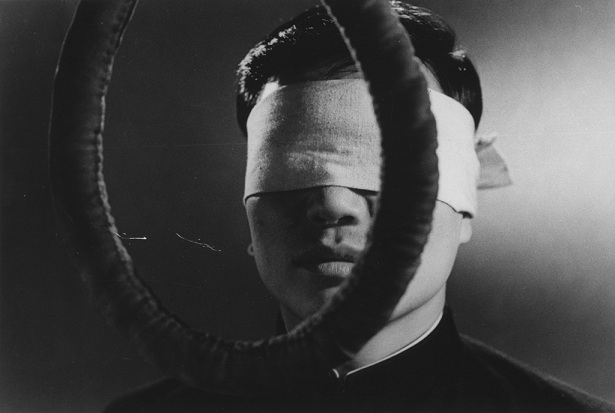
Oshima has used the theatricalized style here, somehow similar to Masahiro Shinoda’s “Double Suicide” and his story reminds us of Sidney Lumet’s “12 Angry Men”. Almost the whole film is shot within a death chamber and a related building. Oshima’s theatricalized style in this film is often said as Brechtian, and his technical aspects are compared with that of Godard, which has a logical point.
Here a man named R (which reminds of Kafka’s K) of Korean ethnicity is being executed but he survives! He loses all of his memories, which make viewers think that he is just pretending. Now officers have to persuade R that he is guilty of certain crimes to hang him again because it is against the law to execute a criminal who doesn’t know his crime. Then officers try to make him remember his past sins, and they even nitpick his small crimes. Then follows a very intriguing story onward.
All in all, Oshima has tried to show the racial discrimination upon Koreans by the Japanese using themes of guilt, justice, crime and consciousness. Many allusions and metaphors are used in order to make it distinguished and powerful. Protagonist R is based on the real criminal of Korean ethnicity named Ri Chin’u, who is defined by Oshima as “the most intelligent and sensitive youth produced by postwar Japan”.
4. Empire of Passion (1978)
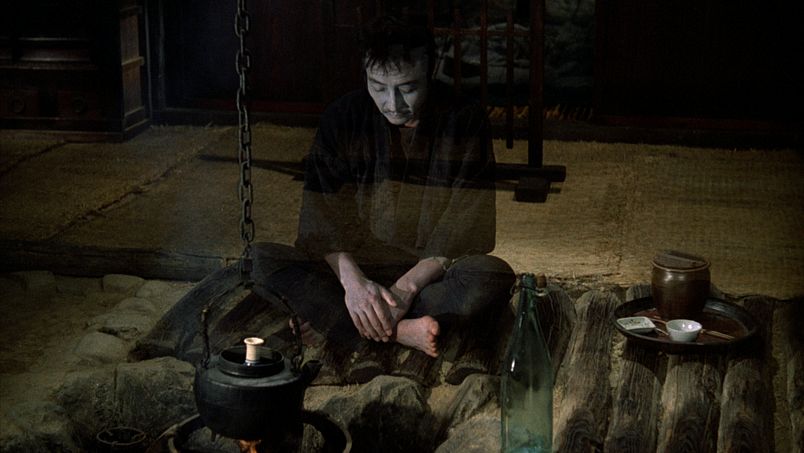
Oshima has said somewhere that he made this film to overcome “In the Realm of the Senses” and further master his style, especially in the erotic theme. Both are similar in theme and somehow in plot as well.
Oshima used the ghost story, a kind of folk tale, in which a young man falls in love with an older married woman, mostly sensually. Then he kills her husband who then becomes a ghost and takes revenge upon them. It is a very simple folk tale and quite predictable, but it is also very mysterious, chilling, intriguing and shocking. Oshima hasn’t particularly touched upon the supernatural ghost but a psychological one. Actually, those sinners are overtly afraid of their own sins and the ghosts of their own mind destroy them.
Here, Oshima’s two main characters don’t care about social and cultural norms. They engage in their own romantic and sexual relationships regardless of their own family, morality, society and state. But they can’t continue their relationship due to various obstructions. It’s Oshima’s horror classic.
5. Double Suicide: Japanese Summer (1967)
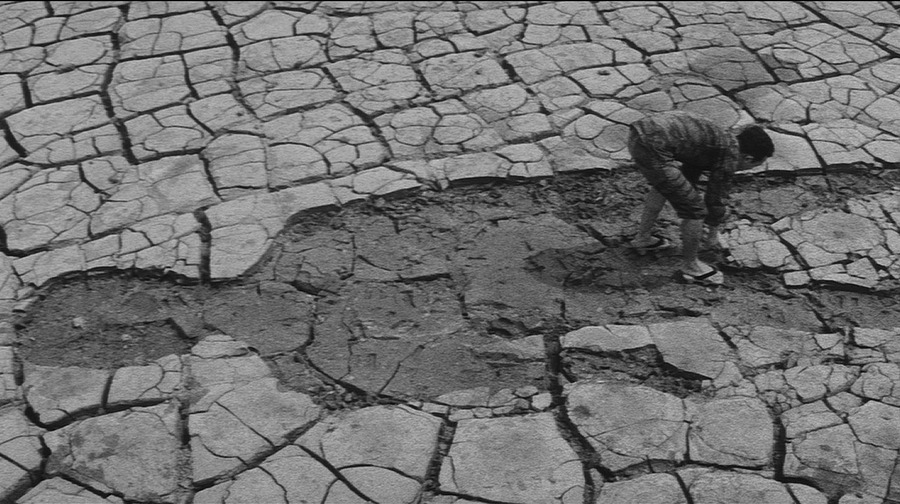
Similar in style, presentation and cinematography to “Death By Hanging”, this film is another masterpiece from Oshima, which has a strange plot like “Death.” Maybe he again tried to criticize the social and cultural values making this allegory-type of film using a strange story and strange characters. This is the first entry on this list of his Oshima’s Outlaws Sixties.
A girl (who just broke up with her boyfriend) wants to have sex with any man, but nobody wants her, even though she is sexy and beautiful. She meets a man and follows him insistently, but he is a death-obsessed guy who wants to be killed by anybody and searches for the murderer!
These two strange main characters wander here and there and then end up in a damaged underground place full of suspicious gunfighters who are waiting for gunfights. They may be terrorists or conspirators or political cadres or whatever. These types of strange characters, groups, dialogues and plots are so intriguing and can catch audiences from start to finish.
6. Sing a Song of Sex (1967)
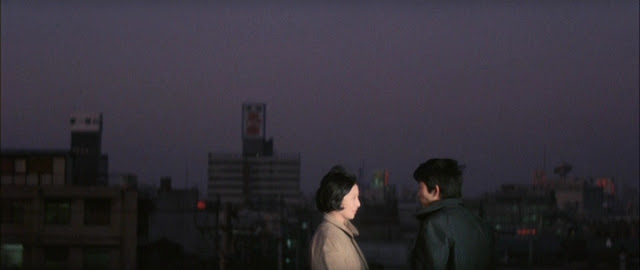
Made in 1967 like “Japanese Summer”, it is another “Outlaws” entry on this list. Oshima generally uses the subjects of sex, taboo, crime and death to show his radical opinions and those things are again the main subjects here. This film reminds audiences of many French New Wave films, especially of Jean-Luc Godard.
Four anarchist-like boys in high school, after taking the entrance examination, pass time drinking, having sex, singing a song of sex, and wandering here and there. They are hopeless, immoral, aimless and careless; in short, they are like anarchists. They often dream of raping one of their female classmates whom only one of them has seen. They don’t even care much when their teacher ends up dying while drinking with them. They just want to live a life of their own and want to express anger by being immoral and outsiders.
This film is especially great for its plot, characters and use of such careless characters and the theme of sex. Oshima might have tried to show the hopelessness of the younger generation of that period in Japan. Since almost all of his films deals with social and cultural criticism, it also deals with the same idea.
7. Merry Christmas, Mr. Lawrence (1983)
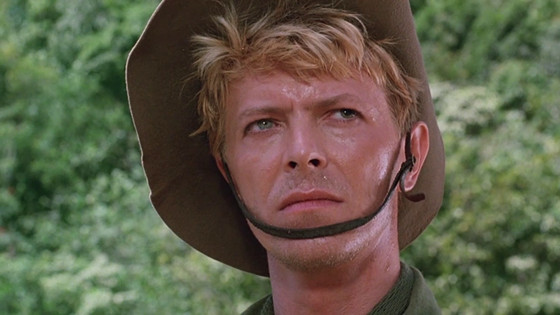
Oshima’s style isn’t Oshima-like here; meaning his cinematography and technical aspects that can be seen in his Japanese New Wave films can’t be seen here. He has overcome his own styles slowly and brilliantly but this film is very different from his other films. Maybe because it touches on content like war more clearly. But, as he has shown sympathy for Korean ethnicity in his films like “Death By Hanging”, here he has shown sympathy for British armies showing the atrocious and brutal activities inside the Japanese prison camps during World War II.
Oshima has collaborated with such actors like Takeshi Kitano (who is a brilliant director as well), David Bowie, composer Ryuichi Sakamoto and cameraman Toichiro Narushima. And this collaboration has worked superbly. This film may remind viewers of films like “Apocalypse Now”, “Rescue Dawn”, or “Platoon”. Of course, Oshima has again touched on the social criticism, showing the atrocious behavior of Japanese armies to the British armies. And he has again succeeded.
Based on the real incidents of Sir Laurens Van De Post’s experience as a Japanese prisoner in prison camp during World War II, this film mainly concentrates on the relationship between two pairs of army officers: Japanese and British. Among British officers, one (Mr. Lawrence) has a deep knowledge of Japanese language and culture and he is very helpful in communicating with Japanese officers.
On the other hand, Japanese officers are actually compassionate despite their brutal activities. All four of them have their own pasts that may be sinful and shameful. These characters’ acting and stories are very intriguing and shocking.